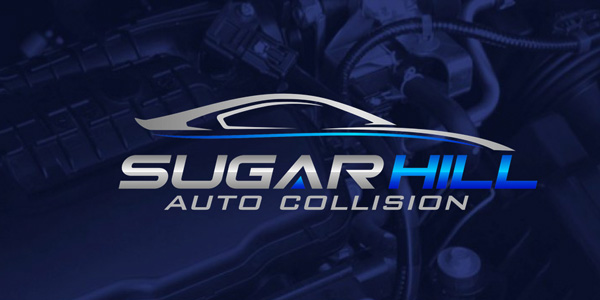
In a new Facebook video, Kevin Moreland, co-owner of Sugar Hill Auto Collision in Sugar Hill, Ga., offers a real-world example of why consumers should think twice about letting insurers dictate where they take their collision-damaged vehicles.
Walking around a 2016 Dodge Hellcat that was rear-ended, Moreland notes that the insurance company wanted the shop to repair the vehicle. But the Hellcat sustained far more damage than meets the eye.
“If you take a closer look on the inside, you’ll see this has some pretty extensive damage to it,” Moreland explains.
Looking inside the trunk, Moreland points out that the vehicle’s inner structure is ultra-high-strength steel. Per the OEM guidelines – in this case, Mopar – collision-damaged high-strength steel should be replaced, not repaired.
“So to repair this car properly, we would be replacing all this inner structure, including the floor pan,” Moreland explains. “To do that you’d have to cut your quarter panels off, you’d have to cut your roof off. [You’d have to] really destroy this car to repair it properly.”
Moreland also points to huge buckles in the left side of the Hellcat’s body, which is the type of damage that “insurance companies and direct repair programs might overlook.”
Based on his assessment, Moreland convinced the insurer to declare the vehicle a structural total.
“So it’s very important to take your car to a body shop that looks at these [OEM] guidelines and repairs them according to how they say they should be repaired,” Moreland says.













